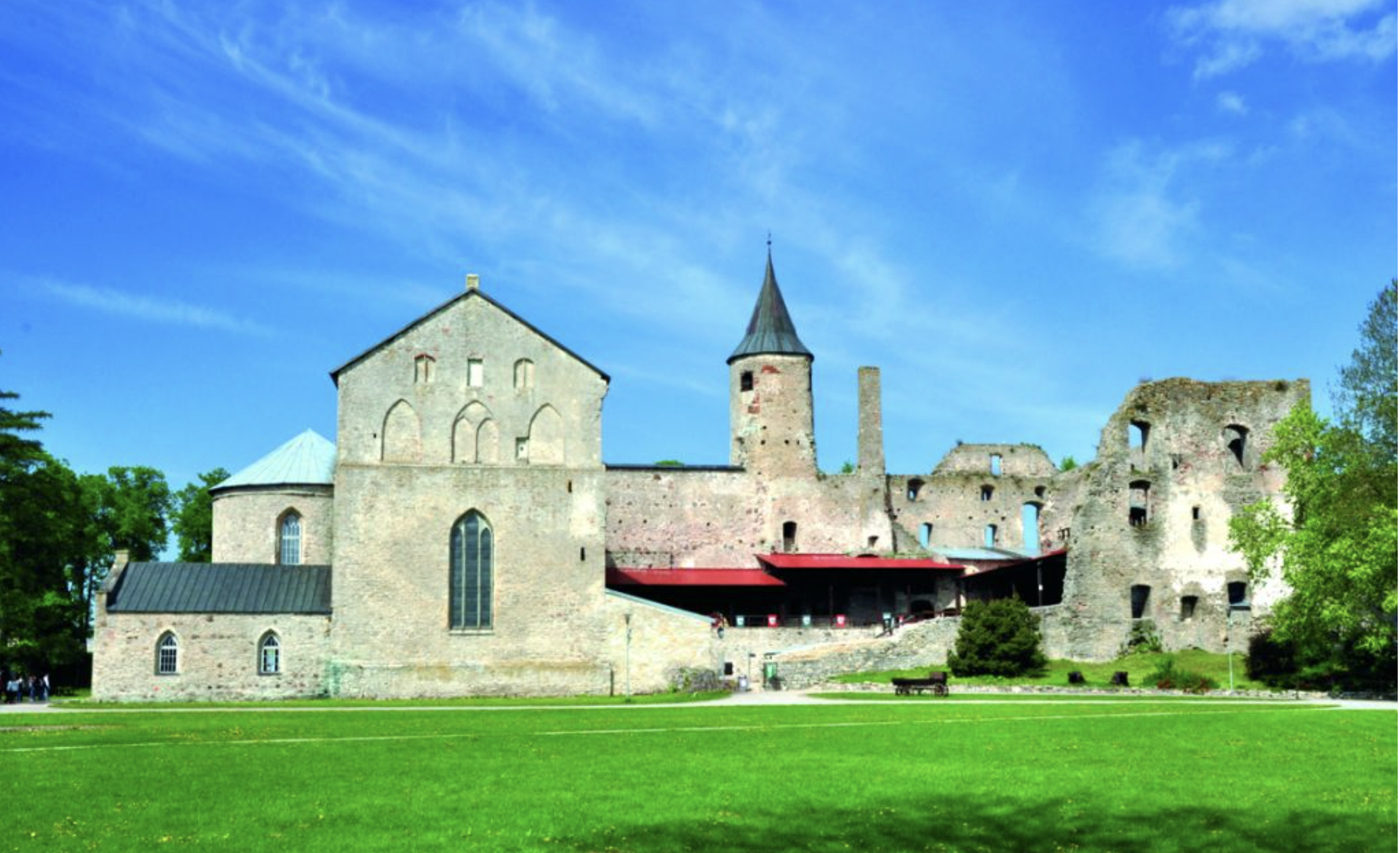Posted on August 30th, 2013.
I arrived in the city of Tallinn and was transferred to my wonderful 5* Hotel Telegraaf, where I was able to commence with business partners, although the opportunity to do a site inspection was also available. I finished the evening with dinner at the restaurant – with an excellent menu including smoked eel and venison.

The next morning we took a ferry from the mainland to Muhu Island, a small and secluded collection of fisherman’s villages and windmills, and in addition, a vast range of wildlife. Once on the island we visited the museum and ship yard in Koguva Village. In the early Middle Ages people from the western islands of Estonia were called vikings and their vessels named huisk (snake). It was a narrow and light-weighted vessel, carried easily over different hindrances. After a local lunch in Vanatoa we drove on to Saaremaa Island, the largest island in Estonia and home to a well-restored medieval castle. On Saaremaa we visited Angla windmills, the Kaali Meteorite Crater and visitor centre, and even made our own butter spreadknife! In the city, Kuressaare we visited the Episcopal Castle which was beautiful and dripping with medieval Estonian culture. Additionally, inside the castle is a museum which has different exhibitions such as the contemporary history of Estonia. After the long day we checked in at the George Ots spa on the island and had dinner at the Kuressaare Kuursaal with an array of dishes to choose from including daily caught fish.

The following day we headed to the Visitor Centre of Vilsandi National Park. Continuing the day we had site inspections of two hotels; the Arensburg Hotel and Grand Rose SPA Hotel. The Arensburg was in close proximity to the Episcopal Castle, the beach and park and combines modern and timeless values. The Grand Rose SPA, also combining old and new, has roses all around the grounds and the symbol of the entire house is the rose. We continued to the Good Kaarma soap farm where we were able to discover the secrets of soap making in the workshops and also get a taste of the farm at the garden cafe and bar. A site inspection of Pädaste Manor, a small and luxury hotel and spa. The manor dates back to the 14th century, but to achieve the sense of peace and beauty it has today has been restored, but many say that the originality remains at the heart of the house. Later on we were lucky to dine at the Restaurant Alexander at the manor, which was voted the number one restaurant in Estonia in 2012! After the delightful dinner we got a ferry back to the mainland, arrived at the Nordic Hotel Forum and dined at Olde Hansa, a restaurant immersed in history and rich food and drink.

In the morning we took a trip to the Maritime Museum Seaplane Hangars which was fascinating, digging deeper into old Estonian seaplanes and discovering how they originally were used and looked. The museum is home to the submarine Lembit, which was built in England in 1936 and is the world’s oldest submarines in water till 2011 Lennusadam. A tour in Tallinn Old Town followed where we bathed ourselves in the culture of the beautiful Baltic city. The Passages under the Bastions, a museum revealing the mysterious tunnels inside the Bastions and the building of the Bastions. To finish the wonderful trip we dined at MEKK, a modern Estonian restaurant serving stunning, picture perfect dishes.
Authors: Iveta Kalvisa and Emilie Ozols
This entry was posted on Friday, August 30th, 2013 at 10:41 am; on the subject of Baltic Region, Estonia.